A Spanish painter recognized as the most important artist of the 20th century. He has experimented with a wide range of styles and themes over his long career, most notably inspiring ‘Cubism‘.
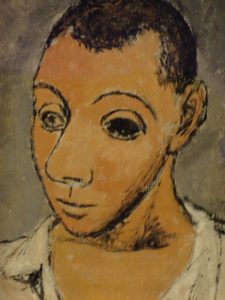
Image source:https://search.creativecommons.org/photos/2bcd936e-3688-43ab-acb5-beae7bffb30c
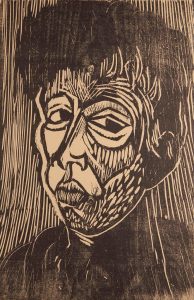
Image source: https://search.creativecommons.org/photos/369182d2-16b9-410e-80e5-868860b7c45a
Pablo Picasso was one of the greatest and most influential artists of the 20th century, a Spanish sculptor, painter, engraver, ceramicist, and set designer. Picasso together with Georges Braque gave birth to the Cubist movement.
Early life
Pablo Picasso was the son of José Ruiz Blasco, professor of drawing, and Maria Picasso López. His ability to draw was already manifested at the age of 10 when he became a pupil of his father in A Coruña, where the family moved in 1891. Picasso showed a prodigious talent for drawing at a very young age that his father taught him to draw and paint since he was a child, and at 13, his level skill had surpassed that of his father. Soon, Picasso lost interest in doing any schoolwork, preferring instead to spend his time scribbling in his notebook.
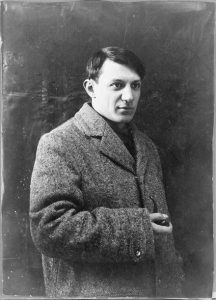
Image source: https://commons.wikimedia.org/wiki/File:Portrait_de_Picasso,_1908.jpg
In 1895, when Picasso was 14, his family moved to Barcelona, Spain, where he enrolled in the city’s prestigious School of Fine Arts. However, Picasso disliked the strict rules and formalities of the School of Fine Arts, so he began to kip classes and wander the streets of Barcelona, drawing scenes of the city he observed. Inspired by anarchists and radicals, Picasso breaks with the classical methods of his formation and begins a permanent process of experimentation and innovation.
The Blue Period (1901-1904)

Image source: https://en.wikipedia.org/wiki/File:Old_guitarist_chicago.jpg
The gloomy period in which Picasso personally experienced poverty and its effect on the society around him is characterized by essentially monochromatic paintings in shades of blue and blue-green, only occasionally warmed by other colors. Works from this period depict prostitution, malnutrition, and the posthumous portraits of his friend Carlos Casagemas after his suicide, culminating in the gloomy allegorical painting La Vie. La Vie (1903) portrayed his friend’s inner torment in front of a lover he tried to kill.
The Rose Period (1904-1906)

Image source: https://en.wikipedia.org/wiki/File:Gar%C3%A7on_%C3%A0_la_pipe.jpg
African Influence (1907-1909)
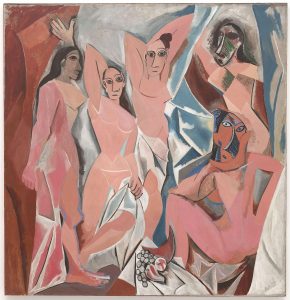
Image source: https://en.wikipedia.org/wiki/File:Les_Demoiselles_d%27Avignon.jpg
The Paul Cezanne retrospective held a year after the artist’s death in 1906, at the Salon d’Automne was a turning point for Picasso. Only with the retrospective did Picasso fully experience Cezanne’s artistic achievement. Through the work of Cezanne, Picasso has managed to find a model of how to distill the essentials from nature to obtain a cohesive surface that can express the artist’s singular vision. The aesthetics of traditional African sculpture, during the same period, became a powerful influence among European artists.
Cubism (1909-1919)


It was a confluence of influences – from Paul Cézanne and Henri Rousseau to archaic and tribal art – that encouraged Picasso to give more weight and structure to his figures around 1907. And he eventually got on the road to Cubism, where he deconstructed the conventions of perspective that had dominated Renaissance art. During this period, the style developed by Georges Braque and Picasso mainly used neutral colors and was based on the fact that they “disassemble” objects and “analyze” them in terms of forms. Cubism, especially Synthetic Cubism, played an important role in the development of the western art world. The works of this phase emphasize the combination, or synthesis, of the forms in the picture. Color is extremely important in the shapes of objects as they become larger and more decorative.
Neoclassicism, Surrealism, and Sculpture
Picasso made his first trip to Italy in 1917 and immediately began a period of homage to neoclassical style. Breaking with extreme modernism, he designed and painted works reminiscent of Raphael and Ingres. This was just a prelude before Picasso began combining his modernist concepts with his prowess in surrealist masterpieces such as Guernica, (1937), a frantic and masterful ensemble of style that embodies the desperation of war.
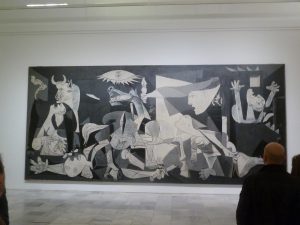
Image source:https://search.creativecommons.org/photos/ffe58131-6a01-4d24-94fb-9df5b7554bc8
Picasso’s later works were a mixture of the many styles he had embraced throughout his life. His sculptures were larger and his paintings more expressive and colorful. Towards the end of his career, Picasso produced several series of variations of Old Master paintings through a reexamination of the Classical works that had influenced his development. By the time Picasso died at the age of 91 in April 1973, he had become one of the most famous and successful artists in history.
Info sources: https://www.biography.com/artist/pablo-picasso https://www.pablopicasso.org/ https://www.britannica.com/biography/Pablo-Picasso http://www.bbc.co.uk/history/historic_figures/picasso_pablo.shtml
